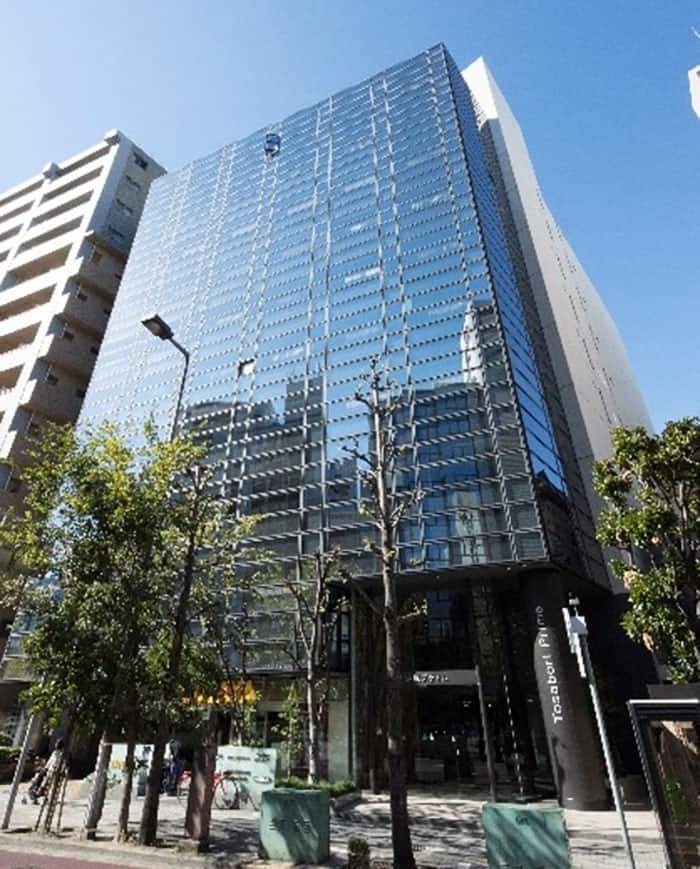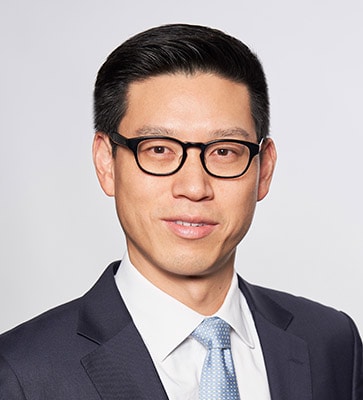
Invesco’s earlier fund sold the Tosabori Prime in Osaka during January
US-based asset manager Invesco has reached a $380 million first close on its fourth APAC-focused value-add real estate investment vehicle, according to sources familiar with the firm’s fund raising.
Including sidecar and co-investment commitments, the managers of Invesco Real Estate Asia Fund IV have raised $505 million for the strategy, which wrapped up its first stage financing on 31 March.
The successful capital raise comes despite uncertainty caused by the unfolding of the coronavirus pandemic, as investors anticipate the current disruption to bring new opportunities as the year unfolds.
Aiming for $500M Final Close
Among the investors in this first round of financing are the Teacher Retirement System of Texas and the Maine Public Employees Retirement System, which committed $100 million and up to $30 million respectively.

Invesco Real Estate Asia co-CIO Calvin Chou
Texas Teachers made their decision to back the new fund, which focuses on core assets in mature markets, during early March, with MainePERS having signed on during February, after Invesco’s team began raising cash for the vehicle in early 2019.
In addition to the public pension fund commitments, Invesco’s backers for Asia Fund IV also include insurers, with one European investor joining a primarily US group of participants. The new vehicle is being led by Invesco Real Estate Asia co-chief investment officer Calvin Chou, who is among more than half a dozen former Morgan Stanley real estate executives now helping to lead the company’s more than 90 member team in the region.
After originally aiming to raise $200 million to $250 million for the new fund, Invesco’s leadership now aim to reach a final close on $500 million in cash later this year.
Averaging Over 35% Returns
The financing commitments come after Invesco made five investments through its previous value-add Asia real estate vehicle, with three of those deals already having been monetised. APAC-wide the firm now manages some $7.6 billion in real estate assets.

Fund III provided mezzanine financing for Brisbane’s Skytower
Of the three deals already exited, Invesco’s third value-add fund during January of this year sold the Tosabori Prime office building in Osaka to Kenedix Office Investment Corporation for JPY 5 billion, according to an announcement by that Tokyo-listed REIT, after the fund had purchased that asset in 2018.
In July 2017 the same vehicle had sold the Dae-ah building in Seoul to Mirae Asset Management at a price said to be over KRW 100 billion ($80.1 million). The fund had teamed up with Korea’s Vestas Investment Management to buy the commercial tower in early 2016, and is said to have exited at an internal rate of over 30 percent, according to local media reports at the time.
Further to the south, the predecessor fund in 2016 had provided A$150 million ($90 million) in senior debt financing for the Skytower residential project then being developed by Aussie builder Billbergia Group, together with AMP Capital in Brisbane, Australia. The Invesco fund exited that position in Brisbane’s tallest tower in 2018, when Australian commercial real estate debt MaxCap Group refinanced the project.
In January of last year, Invesco also committed KRW 208 billion to a warehouse development project near Seoul via a fund managed by Seoul’s Mastern Investment Management.
Sources familiar with the performance of the earlier fund indicated that its exits to date had achieved average internal rates of return above 35 percent.
Focusing on Japan, Korea and ANZ
Invesco Real Estate Asia Fund IV has already begun revisiting some of the same locations where the earlier fund invested, focusing on geographies where the company has staff on the ground and where they can lock into cash on cash yields.
The new vehicle made its first investment, into a Korean logistics project, at the end of 2019, and has already made a second deal for an office building in Tokyo, where the company employs 30 members of its investment team.
The fund, which has a pan-Asia Pacific focus, excluding India, will look at opportunities to execute value-add investments in mature projects in Australia and New Zealand, as well as Japan and Korea, while watching out for opportunities to arise in Hong Kong and Singapore as events develop.
While not pursuing commercial development projects, the fund’s managers are understood to continue to favour building logistics facilities, due in part to their short development cycle and attractive yields.
Leave a Reply